Last Updated on July 28, 2021

The Arrow
interviews Justin Zaharczuk
Justin
Zaharczuk was born in
Philadelphia, is a graduate of Tyler Art School in Elkins PA and
possesses a degree in “Fine Arts”. Justin has been, among other things,
the camera assistant on “Phantasm 4” and the
Art Director on one of my new favorite movies, “Bubba Ho-Tep”.
I had the
chance to yap with the man and here’s what went down.
ARROW: What’s
your favorite horror movie?
JUSTIN:
The Shining (1980) has always
impressed me. It hasn’t lost its edge after all these years. Lately,
I’ve been getting wrapped up in old-school, more obscure films. A few
I’ve been studying are Tourist Trap, Don’t Go in the House, Lets Scare
Jessica to Death, and Magic.
ARROW: What
was your gateway within the film industry? How did you get into it?
JUSTIN:
During my second year of College at
Tyler School
of Art in Philadelphia, I sent
a batch of artwork to two of my favorite directors; George Lucas and
Don Coscarelli. One of them was kind enough to write back.
ARROW: You
were the camera assistant on “Phantasm 4: Oblivion”. In hindsight, how
would you
describe that shoot in terms of it being hard shoot or a cool breeze?
JUSTIN:
Shooting Oblivion was a surreal
experience. It consisted of blazingly hot days, dry, dusty afternoons,
followed by bone-chilling cold nights. All in the middle of nowhere
(Lone Pine Desert
Valley). It was absolute guerilla filmmaking. When you take into
consideration how much we had to go through, and what the budget was,
Phantasm: Oblivion was pretty successful. I also met a lot of people
who are still friends and collaborators of mine including Jason
Savage (Production Coordinator), Daniel
Vecchione (Best Boy Electric ), and Chris Chomyn (Cinematographer).
ARROW: From
what you know, did the film come out close to what was initially
intended?
JUSTIN:
Oblivion was intended as a modest seg-way
between Phantasm 3: Lord of the Dead and Roger Avary’s huge Phantasm’s
End. We knew it was to be a small, introspective style film.
Coscarelli wrote Oblivion as a sort of “calm before the storm” type
script. I had been involved since the very first treatment. 99% of
what was first written ended up in the final cut of the film. About
the only thing I remember being changed at the last minute was a short
dream sequence. It involved Reggie encountering Mike on the alien red
planet.
ARROW: You
were also the art director on “Bubba Ho-Tep”. For the uninitiated, what
were your duties on set as Art Director? Did you build the sets, do
the designs or both?
JUSTIN:
Since Bubba was on a smaller scale
budget, the lines of responsibility were a bit blurred. Dan Vecchione, Damon Caruso, Todd
Stauder, and I did whatever was needed
to get the job done. Even cleaning
the bathrooms and taking out the trash. I supervised and guided the
art department when the production Designer had his hands full. I
also had an interesting time early on, when I was initially commissioned
to do some pen and ink renderings of the Egyptian cowboy hat wearing
Mummy named “Bubba Ho-Tep”. This was followed by studies of Elvis at
age 68 and various evil rest home creatures. In 2001, Don and I met
for lunch in Long Beach, CA.
That’s when he told me the news that Bubba was now officially in
pre-production.
Don asked me to be the Art Director.
A week or two later, I found out some more good news. Dan
Vechione (a fellow “Phantasm: Oblivion” vet) was now on board as
Bubba’s Production Designer. Our list of duties included designing and
building many distinct rest home interiors, constructing unique props,
and weirdest of all, developing the Mummy’s graffiti writing style.
The Production Designer and I studied “Seven” and “The Shining” to
garner inspiration for the set layouts. Don, Dan and I are all big fans of
Kubrick.
I’d have to say that Danny came up with most of the big ideas, though.
I was more of the detail guy.
ARROW: What
set are you most proud of within that picture and why?
JUSTIN:
We put a lot of time and energy into
the Mud Creek Shady Rest Retirement Home hallways. We were only
budgeted for 100 ft of hallway, but ended up giving Don 200 ft with
several offshoots for the same price. Each Phantasm film had its own
unique set of atmospheric hallways. With Bubba, it was our chance to
put a fresh spin on this tradition.
ARROW: You’re
also attached to be the concept artist on the upcoming “Phantasm’s
End”.
Where is the film now in terms of development?
JUSTIN:
The latest Phantasm sequel is in
limbo right now, but has a good chance of being made.
ARROW: Have
you started doing some designs for the film’s set yet?
JUSTIN:
At this point, we have a whole
Phantasm’s End “Bible” full of character, creature, action sequence,
set design, and CGI animated storyboard shots.
ARROW: You
work with Don Coscarelli a lot. What is it about him that makes him
the ideal director to work for?
JUSTIN: From a creative
standpoint, Coscarelli is interesting. He will test the limits of what
you can do. Also, if he thinks you have a good idea, he lets you run
with it. I don’t think many directors are like that.
ARROW: What’s
next on your plate in terms of projects in any field?
JUSTIN:
I just finished up a gallery showing
in Philadelphia. On display were Phantasm: Oblivion and Bubba Ho-Tep
production artwork as well as various other paintings of mine. We had
a little over 700 guests. I also recently signed an agreement with MGM
for use of my artwork in there Special Limited Edition DVD release of
Bubba Ho-Tep.
ARROW: Do you
think you’ll expand your film ambitions to screenwriting and/or
directing someday?
JUSTIN:
A film short of mine called “Encephalon” is being edited in New York this month. I have a real love
affair with underground and experimental films. I’m always looking to
try something new and with Encephalon, I hope to be showing the viewer
something new too. An inspiration for my short is an early influence
called Eraserhead. That film stuck with me through the years and I
wanted to give something of that nature a try, but with a new spin.
David Lynch said that while making EraserHead, he was inspired by the
brief time he lived in Philadelphia. His visions of the city are cold
and somewhat decaying. It also happens to be where I was born and
raised. I always got a kick out of that. The difference between
Lynch’s film and mine is that I actually shot Encephalon using an
abandoned Philadelphia Mental Institution (By Berry). He filmed his
Philly inspired story in Beverly Hills.

I’d like to say muchos gracias to Justin for popping on the site and
sharing some of his stories and artwork. Keep us in the loop bud and
keep doing your thing!


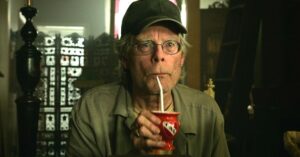
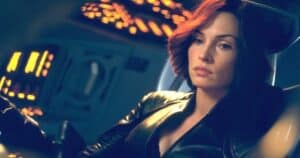
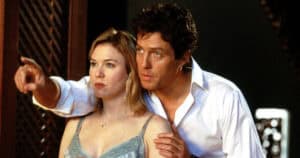
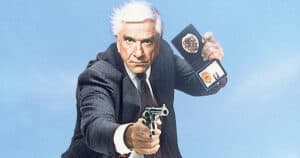
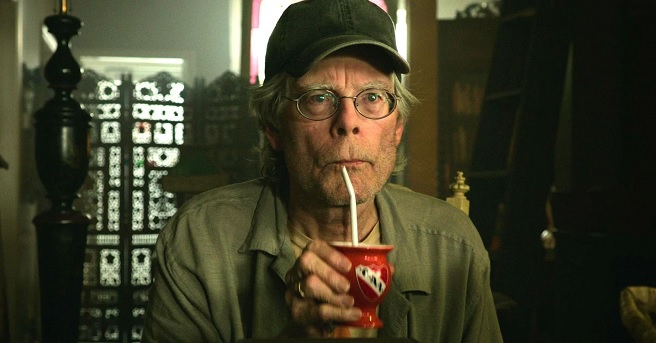
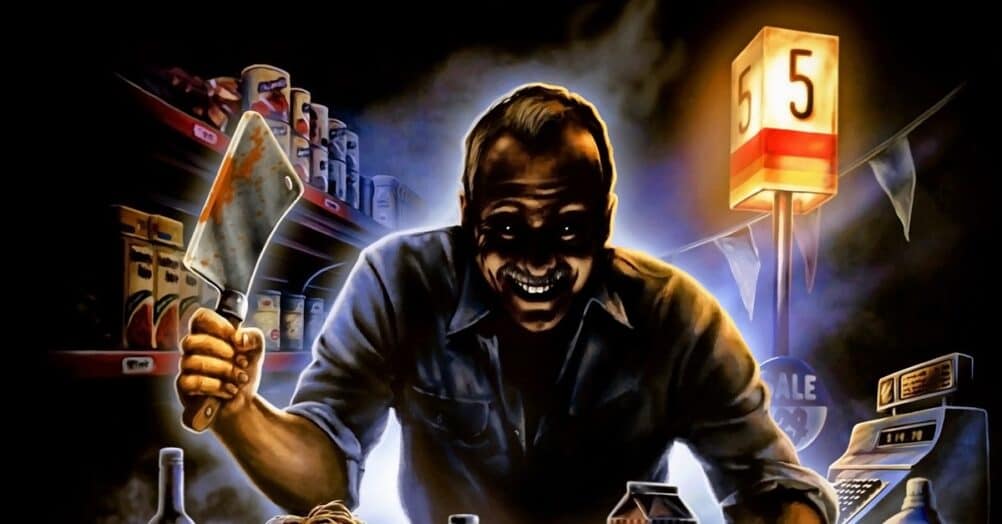


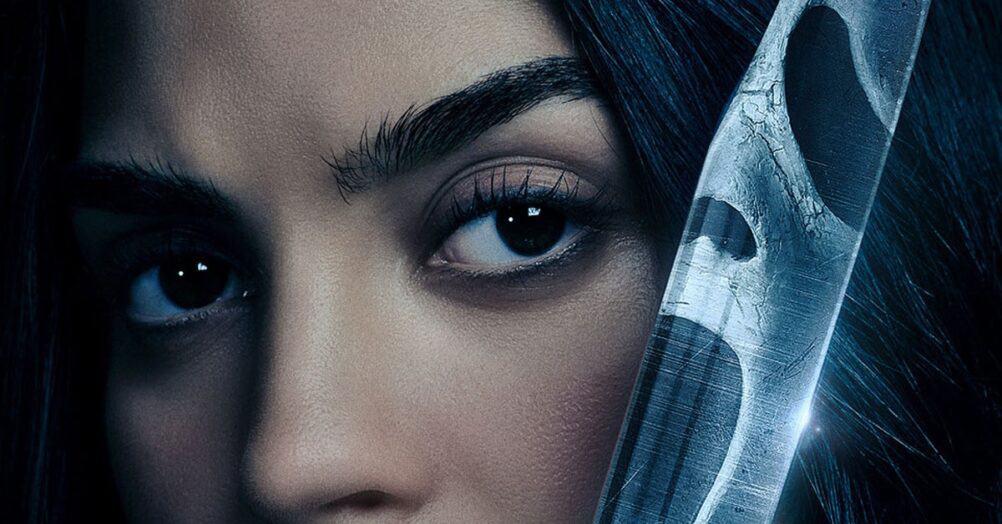
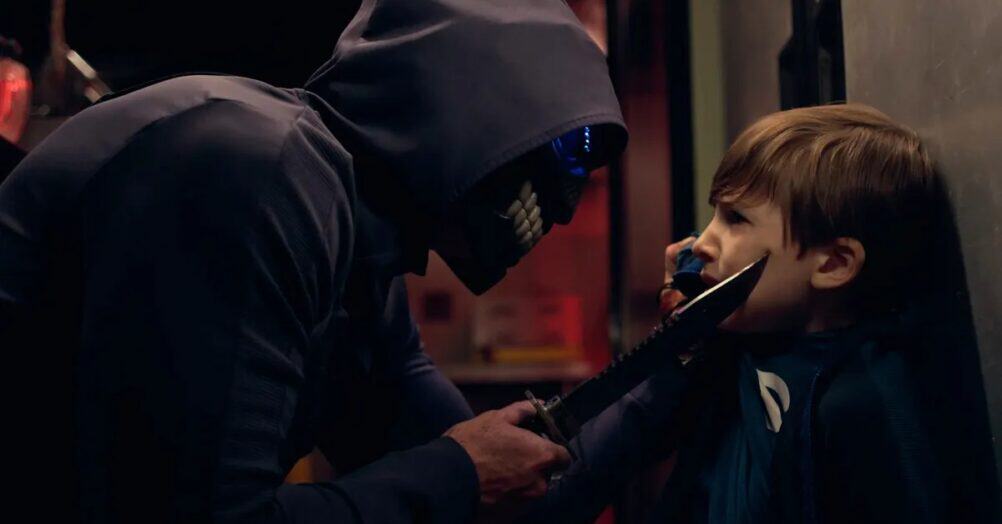
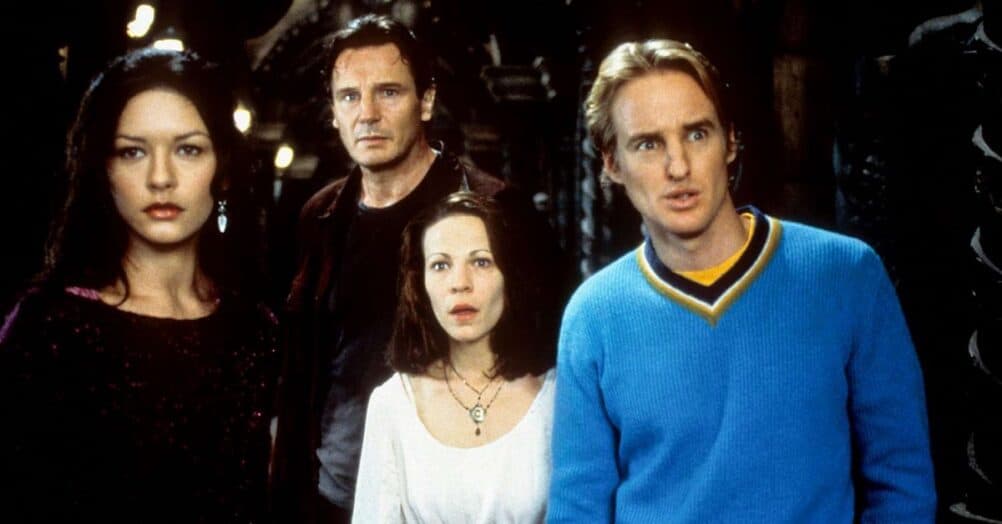
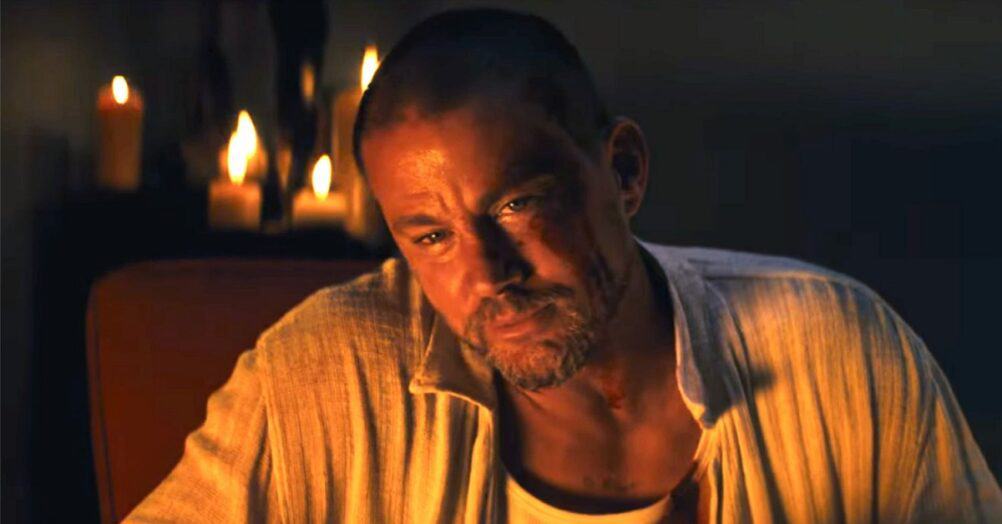
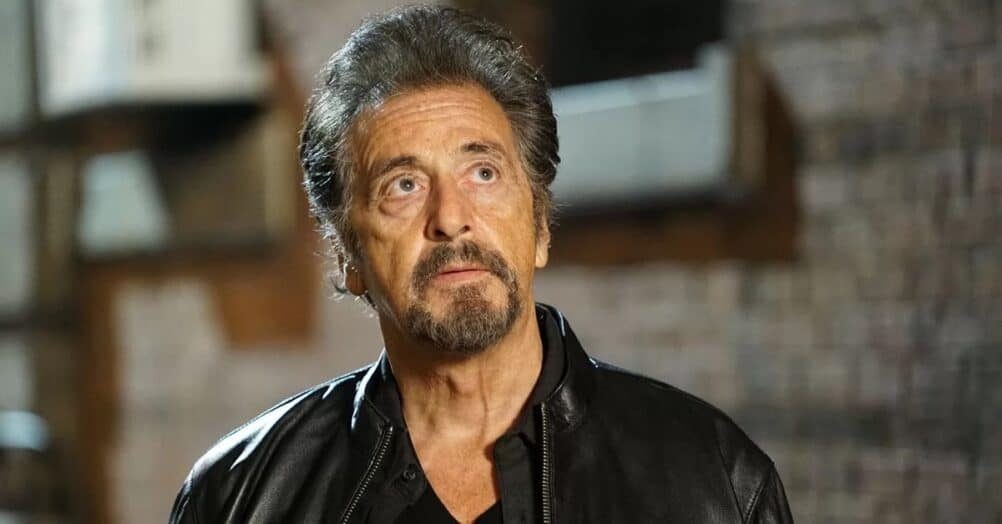
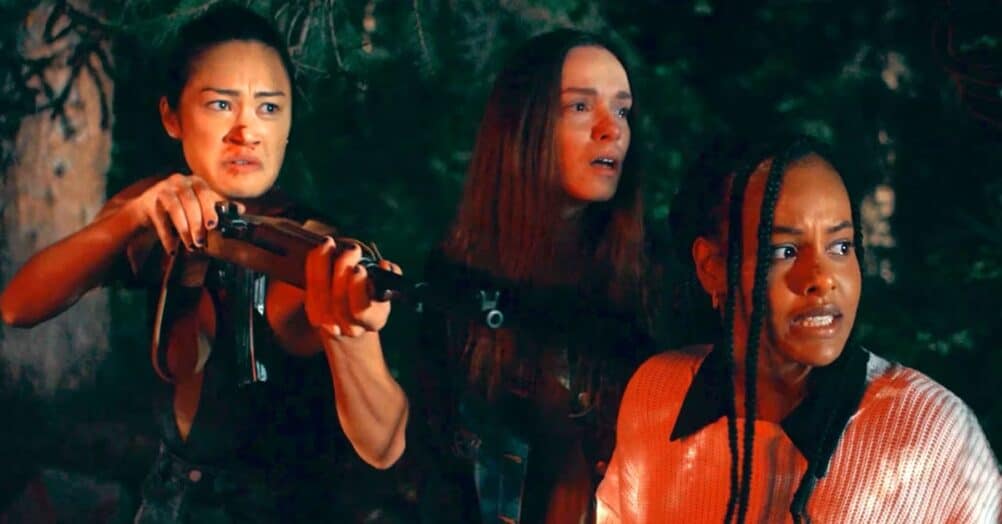
Follow the JOBLO MOVIE NETWORK
Follow us on YOUTUBE
Follow ARROW IN THE HEAD
Follow AITH on YOUTUBE